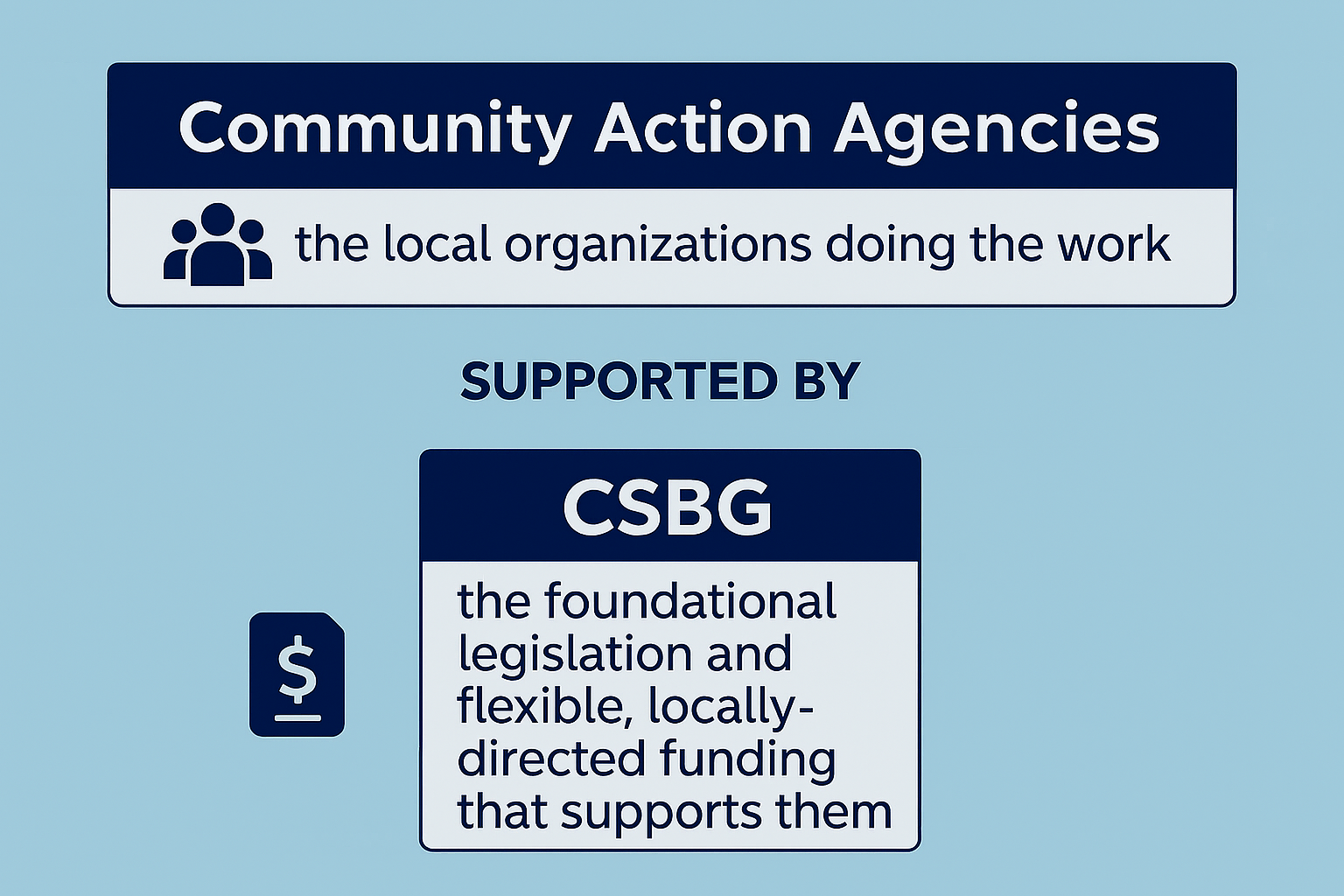Introduction to Community Action
Congressman GT Thompson (R-PA-15) gives Community Action Floor Speech (April 10, 2024)
Community Action: Local Solutions, Lasting Impact
Across the United States, Community Action Agencies are trusted, locally‑led organizations that help individuals and families overcome barriers to economic stability. Every community is different — and so are the solutions. From job training and small business support to housing counseling and energy efficiency upgrades, Community Action Agencies design and deliver programs that respond directly to local needs.
These agencies are accountable to their communities, measuring outcomes and reporting results to ensure every dollar has maximum impact. They leverage partnerships with local businesses, faith groups, nonprofits, and government to multiply resources and create lasting change.
One important source of support — and the foundational legislation for Community Action — is the Community Services Block Grant (CSBG). CSBG is a federal investment that flows through states to local agencies, providing the framework that makes Community Action unique. This framework includes:
Tripartite Board Governance – Each Community Action Agency is guided by a governing board made up of one‑third elected public officials, one‑third representatives of the low‑income community, and one‑third leaders from the private sector. This ensures decisions are informed by those who govern, those who serve, and those who live in the community.
Locally‑Directed, Flexible Funding – CSBG dollars can be used to meet the most pressing needs identified locally, allowing agencies to adapt quickly and effectively to changing circumstances.
Together, Community Action Agencies and the resources they leverage — including CSBG — help millions of Americans each year move toward self‑sufficiency, strengthen local economies, and build stronger, more resilient communities.

